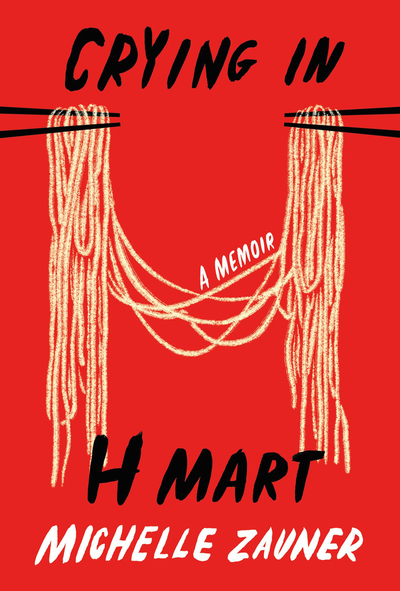Take a journey around the globe via the bookstores, recipes and fruits featured in this month’s lifestyles roundup.
★ Bookstores
For a bibliophile, it doesn’t get any better than Bookstores: A Celebration of Independent Booksellers, a coffee-table stunner featuring images by London-based photographer Horst A. Friedrichs. With every turn of the page, you’ll take a journey around the globe and through the stacks—from Spoonbill & Sugartown in Brooklyn, New York, to the curious Baldwin’s Book Barn in Pennsylvania, to idiosyncratic shops in the U.K., Germany, Austria and more. Along the way you’ll meet the owners who have made bookselling their lives’ work and art. They share how they came to the trade, what makes their shops unique and why the work—and the books themselves, of course—continues to matter so darn much in an age of, well, you know. I want to visit every single one of these bookstores, but that’s probably a tall order. Just knowing they exist, and holding this gorgeous artifact in my hands, feels like enough.
The Kitchen Without Borders
The other night my husband fixed a delicious Syrian meal: ma’areena soup, a bit like pasta Bolognese but decidedly different thanks to a seven-spice blend common to Middle Eastern cooking. We found this dish in The Kitchen Without Borders, a cookbook from Eat Offbeat, a New York City-based catering company that works with immigrant and refugee chefs. Eat Offbeat honors and shares the “special food memories our chefs have brought with them,” write Wissam Kahi and Manal Kahi, Lebanese siblings who began their careers with the simple wish to share their Syrian grandmother’s hummus. The book features dishes from Iran, Iraq, Nepal, Sri Lanka, Venezuela and more. Profiles of the chefs appear between recipes for dishes such as fattoush, musabbaha (chickpea salad) and chicken shawarma. It feels like a true global community endeavor.
The Book of Difficult Fruit
Twenty-six fruits, A to Z, form the basis for poet and pie-maker Kate Lebo’s lovely, meandering essays in The Book of Difficult Fruit. Beginning with aronia, or chokeberry, Lebo weaves personal stories with facts from nature and science, resulting in a difficult-to-classify literary and culinary exploration—the best kind, in my opinion. Ever wondered what exactly a maraschino cherry is? Lebo will tell you, and then she’ll tell you about the almond flavor of stone-fruit pits, and then about cherry trees in her backyard, and about a strange brush with new neighbors, and about how to make real maraschino cherries. And on you go, through durian and elderberry, through Norton grape and Osage orange, all the way to zucchini—a curious, lyrical, alphabetical adventure.


























